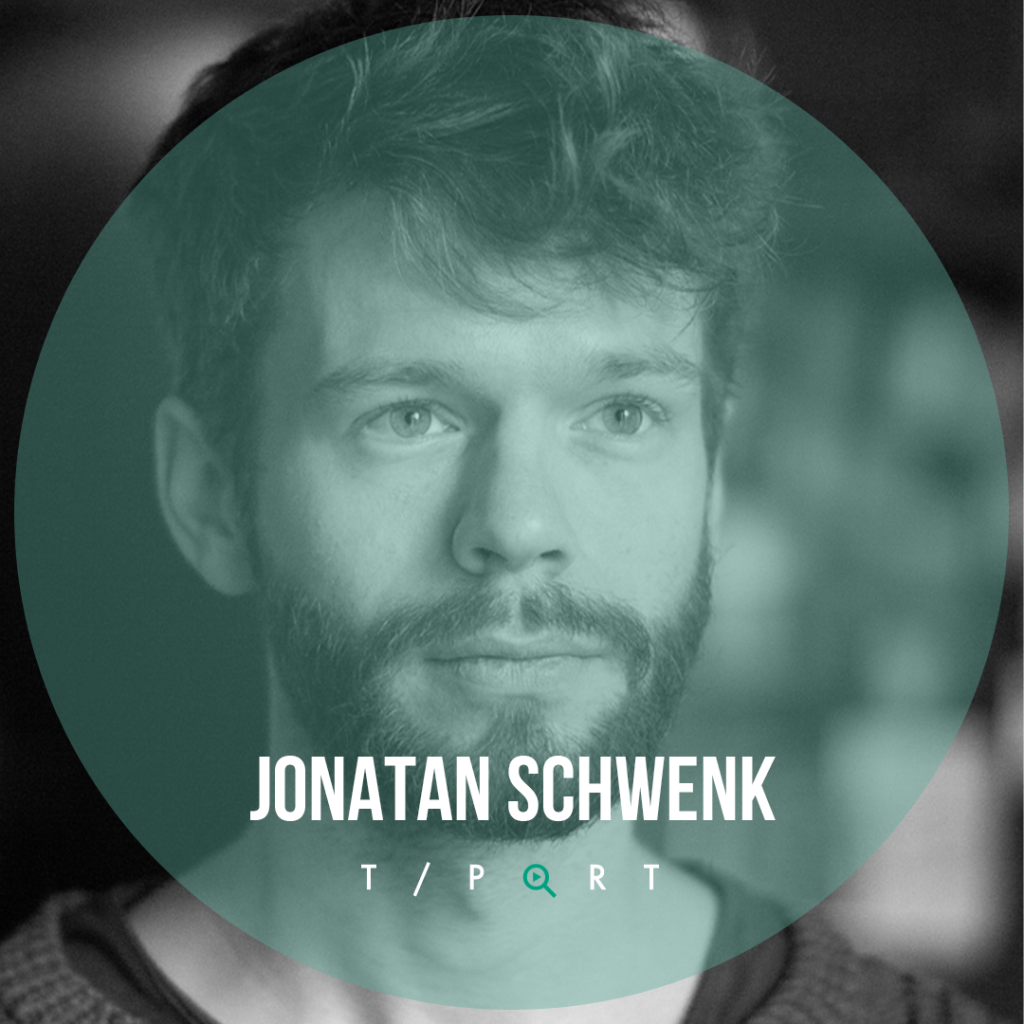
Filmmaker Jonatan Schwenk switched from stop-motion animation to puppetry for his short film ZOON, which made the cut of or 2022 Lighthouse Selections, as well as the 2022 Next Generation Short Tiger and the official selection of the Sundance Film Festival.
We caught up with the director to talk about his process, bringing happiness through film, and the state of short film funding in Germany right now.
Please introduce yourself
Hello, I am an independent animation filmmaker from Germany. I narrate my films by fusing different techniques into hybrid forms, focusing on handmade animation techniques.
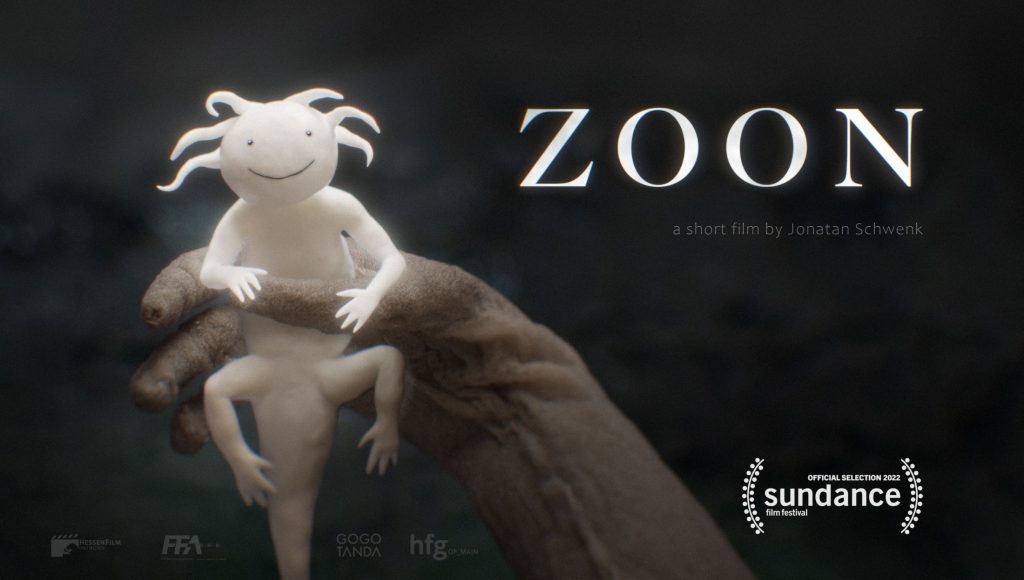
What does making the selection mean to you and the future of your short film?
Well, I hope that many programmers will get to see the film through T-Port, and many other people who can help the film to travel around. Us short filmmakers are happy to get any kind of exposure for our films, because short films are an underrepresented format.
What was the inspiration behind ZOON?
The inspiration for ZOON was my own reflection on how to feel happiness. After my previous film, SOG, which was quite dark and dystopian, I was looking for something uplifting – and ended up with this film, where most of the characters are smiling all the time.
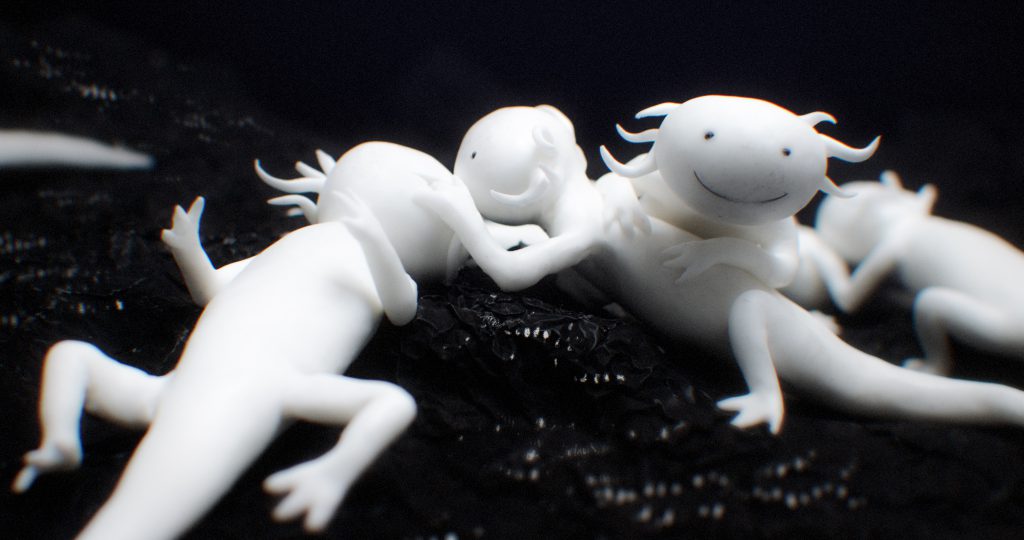
Tell us about how the filmmaking process went for you – did you enjoy it? and what did it teach you?
The first part of the shoot was the most fun – I had a bunch of talented animators around me, all eager to try puppeteering for the first time. We had a lot of fun seeing the puppets come to life so quickly – as stop-motion and 2D animators, we weren’t used to that.
The second part was more difficult, as I spent a lot of time alone behind the curtains of our small studio. At times, it was a pleasantly meditative approach to animate the stop-motion axoolts there, but compared to the crowded real-time shooting of the puppets, it was more challenging.
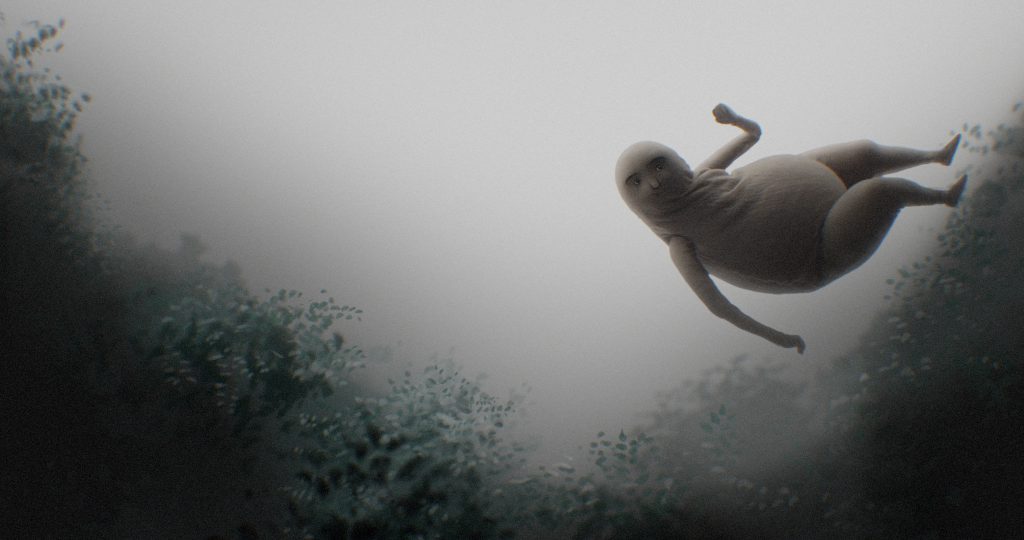
Having been through the process of making your short – what do you wish someone had told you in advance?
We should have added feet to the puppets and even hands in most shots already on set. Attaching these only in post-production made a lot of work and didn’t contribute that much to the story.
What were the biggest challenges you encountered during making your film?
Production-wise, it was a big challenge. We had – by far – not enough money. I was still a student at the time, so I wasn’t allowed to pay myself out of the budget. So as many people do it for their graduation films, I totally exploited myself, managed too many tasks myself, and had hardly any income because I couldn’t take on any longer commercial jobs.
How was it to collaborate with your cast and crew? Have you formed any particular meaningful connections?
Well, I guess I made the meaningful connections with them before I started working with this amazing group of people 🙂
Tell us about the visual choices in your film. What were your main goals and techniques in creating the visual style of your film?
I wanted to find the right techniques for what I wanted to tell. I wanted the white creatures to look yummy, and I felt that the white plasticine they were made of looked delicious. Stop-motion seemed like a good technique for them because it’s a pretty “down to earth.” The two-legged creatures were meant to be very playful, curious creatures, always looking for more in life and happy to take risks. So the rather unconscious decision to choose a technique like puppetry for them seems right to me, because puppetry is playful and in our case slightly out of control.
Tell us about the sound choices in your film
The soundtrack follows the general idea of the film to tell a journey that starts down on the forest floor and ends somewhere completely else. So David Kamp, the sound designer and composer I was lucky enough to work with, evolves the sound from small to huge, from very low to super loud, from reduced to almost overloaded. Just like the picture changes from dark to bright, from almost black and white to saturated… We did the same thing in the 5.1 surround mix: first the sounds concentrate on the centre speaker, slowly move into the room and end up coming from all sides and speakers. I just hope most people can watch the film in a cinema where all the above works way better.
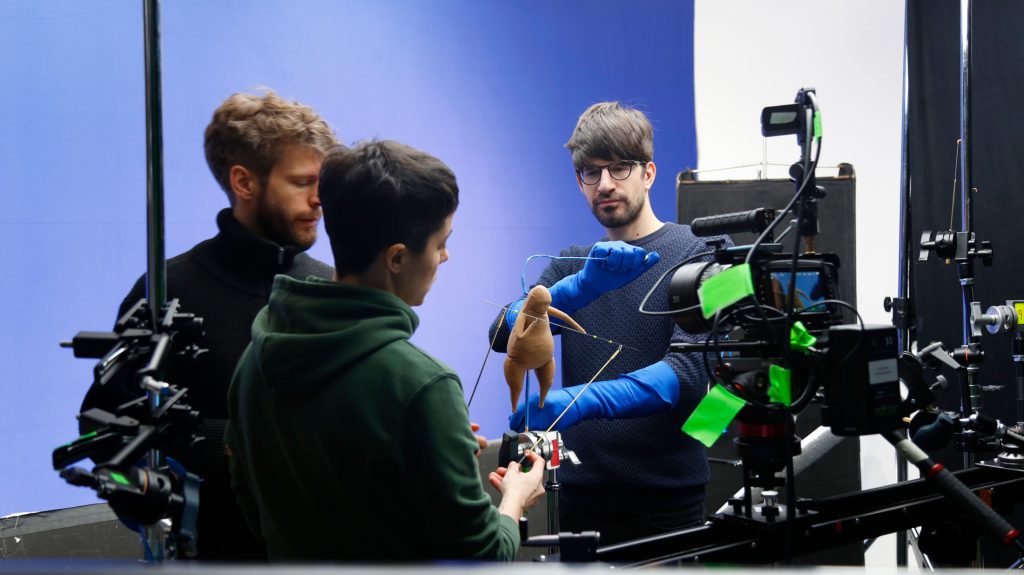
What would you like people to take away from ZOON?
I would be more than satisfied if someone feels happiness while watching ZOON.
What did you find (or still find) as especially lacking in the process of distributing and promoting your film? What was especially challenging?
Money is lacking, right? We need to find our audiences. People just don’t know that they would actually enjoy watching short films.
What do feel young film talents lack the most today, after graduating from film school? Where are the gaps in the film industry?
I can only speak for Germany here, but I assume that there is a similar problem in other countries as well: After graduation, young filmmakers who want to make animated films have no perspective. The only format we can make progress in are (poorly financed) short films. But for first and second films, the German film funding system only gives money for feature-length films.
So what’s missing is funding for explicitly young animation filmmakers who want to make their first short films after graduation. TV stations should also invest in short films, which unfortunately barely happens in Germany. It is very unlikely to almost impossible that we will go on with a feature length animated film right away.
What are your plans and dreams for the future?
I love the format of short films and would like to continue with that. Puppetry seems like a great technique to be a bit faster than with stop-motion. But I would also love to try making a longer film at some point. For example a TV-special, or maybe one day a feature.
If you are a film industry professional and would like access to the catalogue and more, find out here how to sign up.
Filmmaker? Upload your short film to T-Port or sign up for our newsletter to get regular updates on the current trends and exciting innovations in the short film universe.
